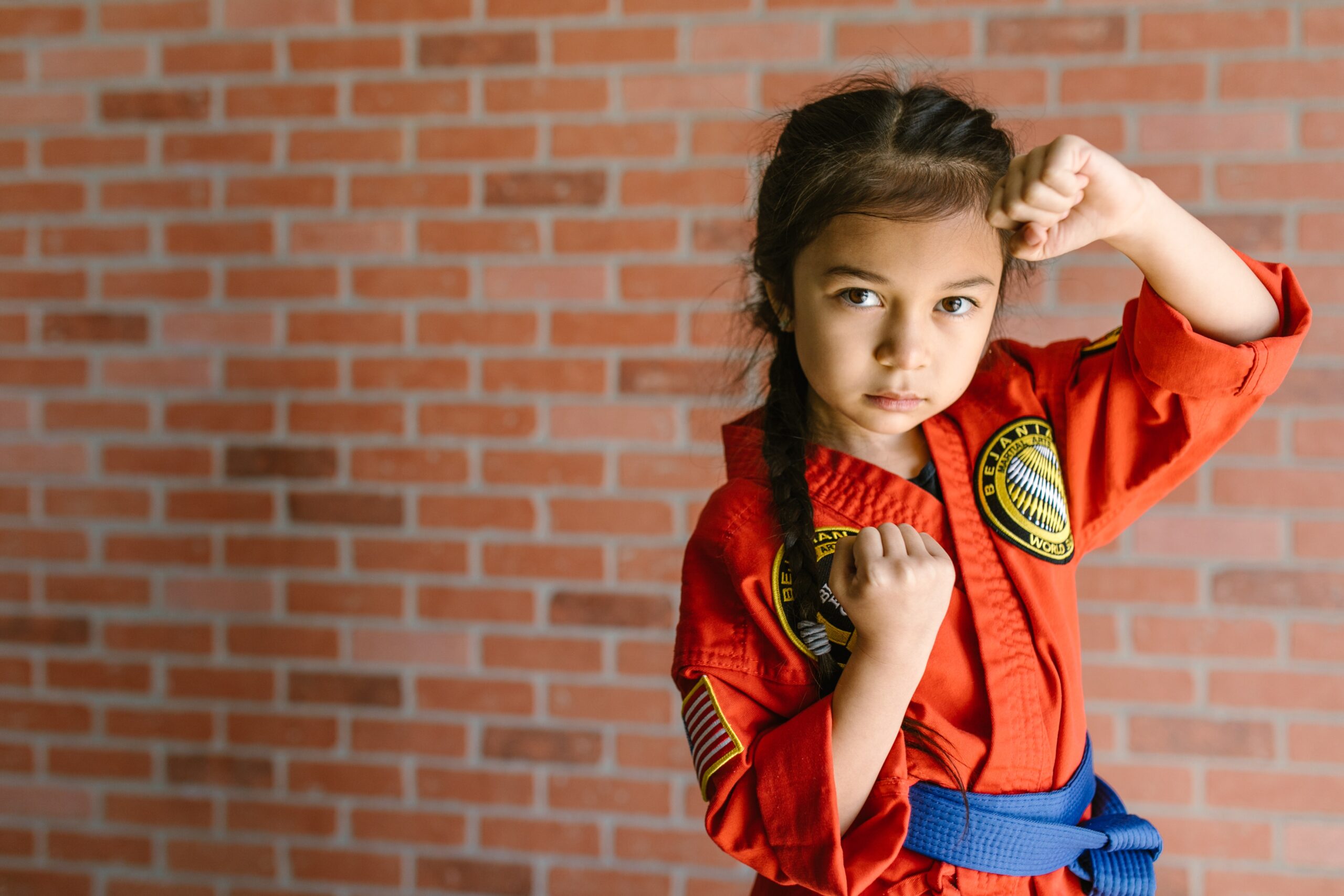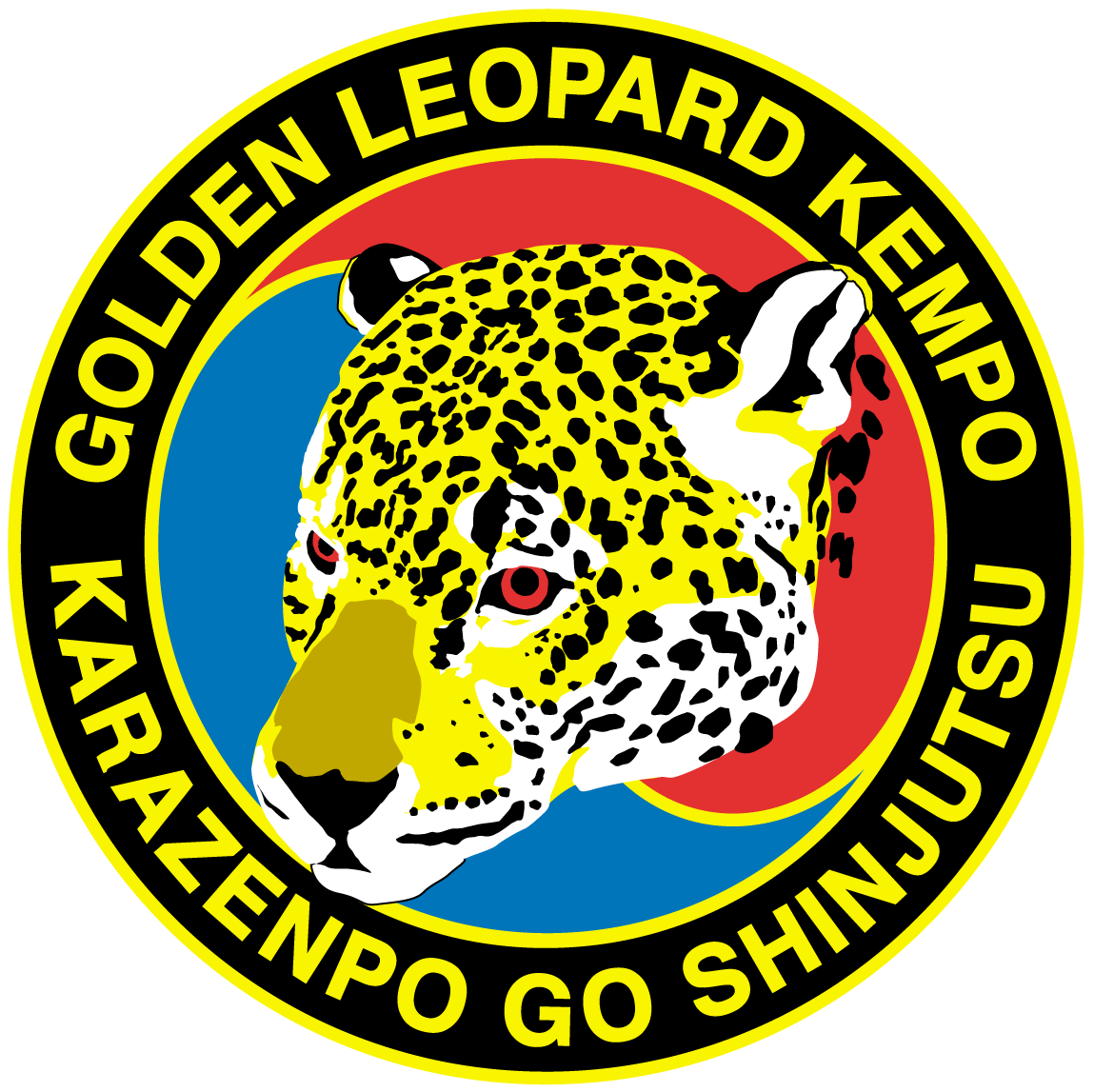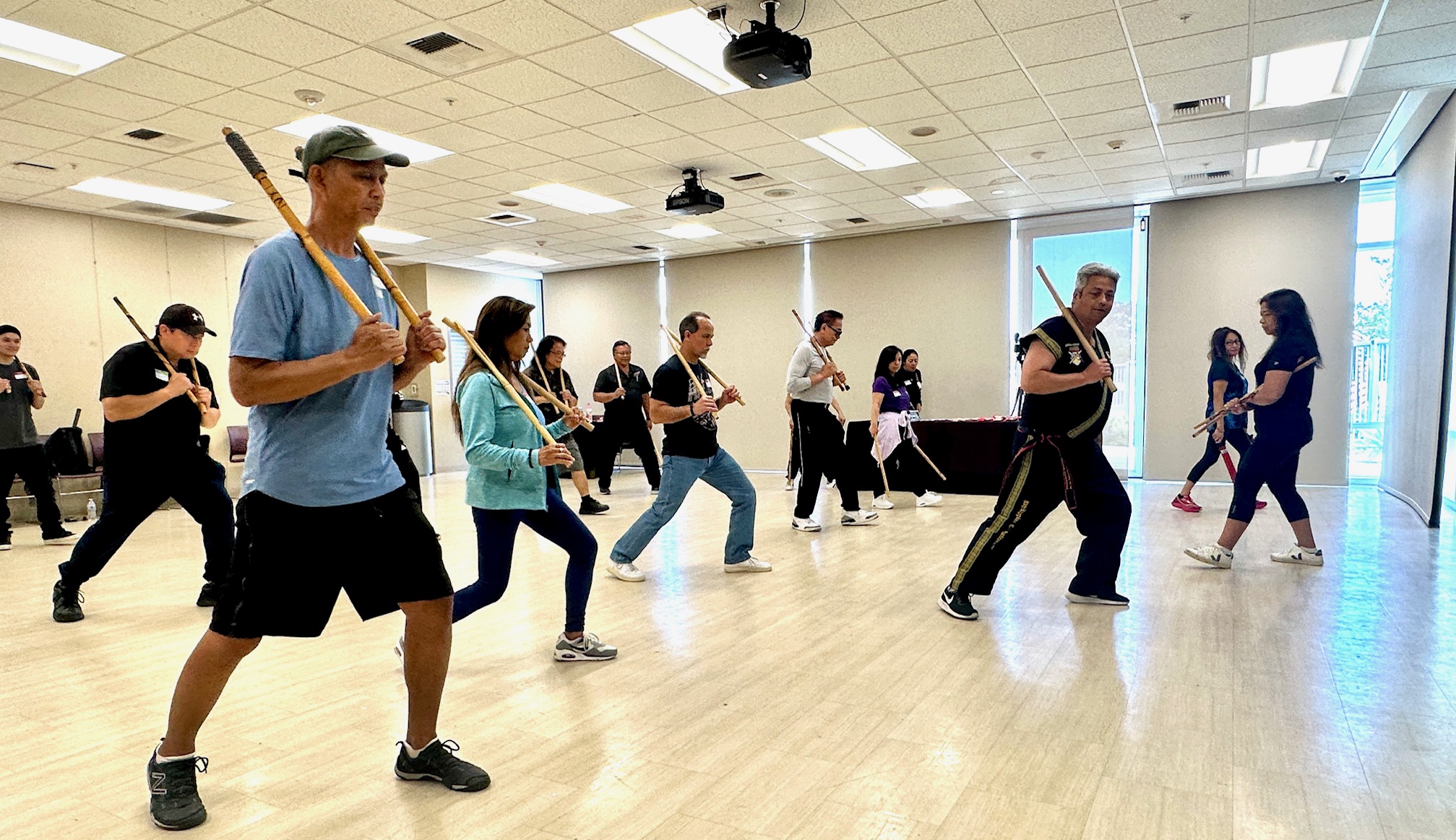Over the years—perhaps even decades—I’ve noticed a quiet but noticeable shift in martial arts uniform styles. When I first began training, the options were simple: a black or white gi (karate uniform), with standard sleeves that reached the wrists and pant legs that stopped at the ankles or mid-calf.
However, traditional martial arts attire has always varied depending on regional style and cultural preferences. In our school, we use what we call the Hawaiian style—a look rooted in the traditions of many older Karate and Kempo lineages. In this style, pant legs typically stop just below the calf muscle, a look sometimes referred to as “high water.” Sleeves end at the mid-forearm, giving what’s known as a ¾ sleeve or “softball jersey” appearance. It’s clean, practical, and traditional.
Lately, though, I’ve seen a growing number of schools allowing uniforms with extra-long pant legs that drag on the floor—what I call carpet draggers. In some cases, sleeves reach to the knuckles or mid-hand, giving the appearance that students are wearing uniforms several sizes too large. I’ve even spotted uniform jackets with no sleeves at all, baring the upper arm entirely.
So what’s the difference, and does it matter?
Practicality vs. Style
The main advantage of the high-water uniform is its functionality. When performing kicks, wearing shorter pants reduces the risk of the fabric catching on your foot or heel. Similarly, shorter sleeves make it easier to apply and observe arm locks and wrist manipulations, which is a significant benefit for both the practitioner and the observer. Instructors can demonstrate techniques more clearly without sleeves bunching up and obscuring the motion.
On the other hand, longer, looser-fitting uniforms may appear more dramatic and “flowy,” especially in demonstrations. But in daily training, they can hinder movement, get caught during throws or grapples, and absorb more sweat and dirt from the mat. They also tend to wear out faster at the cuffs from dragging on the ground.
Tradition and Personal Preference
Ultimately, it’s a matter of appearance versus function—and personal preference. While traditionalists may prefer the cropped, practical look rooted in classical martial arts, others may enjoy the relaxed, modern aesthetic of longer, more roomy gear. It’s important, however, that the uniform doesn’t interfere with safety, training effectiveness, or respect for the art.
So, are you a high-water traditionalist, valuing clean lines and practical movement? Or a carpet dragger, embracing a more relaxed, modern look? Either way, the most important thing is that you train hard, respect your art, and wear your uniform with pride.



